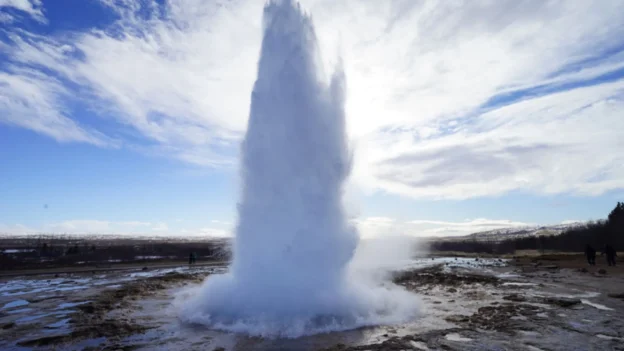U.S.-based Dig Energy has successfully raised $5 million in a financing roundled by Azolla Ventures and Avila VC, with participation from prominent funds such as Suffolk Technologies, Conifer Infrastructure Partners and Koa Labs.
This investment is intended to initiate pilot projects with its geothermal drilling system designed for efficient air conditioning applications in buildings.
Currently, heating and cooling account for more than one-third of global energy consumption, relying mostly on fossil fuels. fossil fuels.
Dig Energy’s proposal
Although geothermal heat pumps offer the most efficient way to air condition spaces, their adoption in the United States remains below 1%, mainly due to the high costs of drilling with traditional machinery.
In response to this problem, Dig Energy has developed a small drill that uses high-pressure water jetting instead of carbide drill bits, achieving a reduction of up to 80% in drilling costs. This would enable geothermal to be extended to homes, commercial buildings and industrial facilities, making it competitive with alternatives such as heat pumps heat pumps or delivered fuels.
Dig’s approach is not limited to technical efficiency. Its compact design allows it to operate in dense urban areas where conventional equipment cannot enter. In addition, it takes advantage of an existing supply chain, avoiding dependence on technologies outside the thermal sector.
The funding round is also backed by institutional support from the U.S. Department of Energy and programs such as BOOST, which promote technological solutions for the decarbonization.
The first pilot installations will demonstrate whether this technology can scale to become a viable large-scale option for municipalities, developers and utility companies.
From Dig’s management, CEO Dulcie Madden pointed out that ground heat is a constant and reliable source for air-conditioning buildings without overloading the power grid. With this technology, it aims to facilitate a realistic and cost-effective energy transition.
Source: Dig Energy via PR Newswire
Photo: shutterstock

